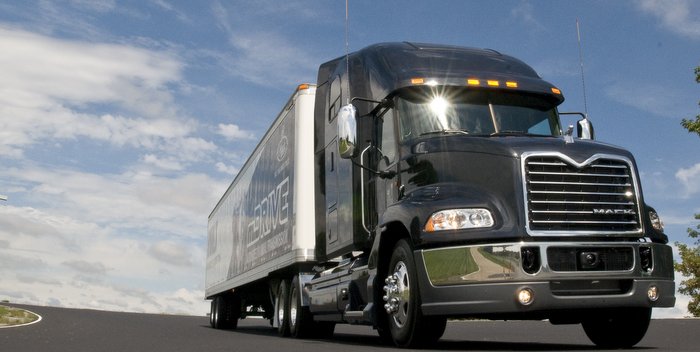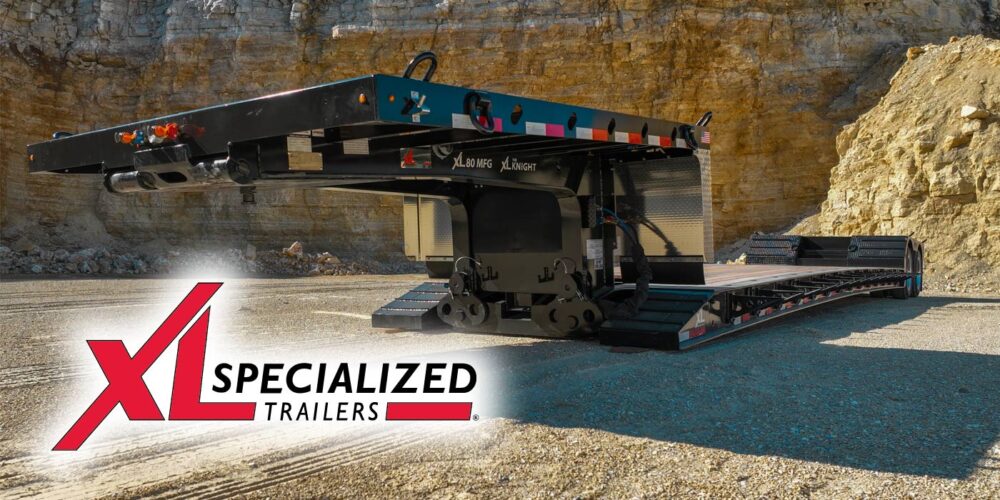There’s no shortage of equipment, products, services and solutions in the truck industry—from tractor and trailer offerings to maintenance services and telematics. The more truck operation data we crunch, even seemingly simple maintenance practices like establishing the proper filter change intervals presents the challenge of finding the sweet spot between product efficiency and longevity. While “efficiency” is certainly the biggest buzz word in today’s trucking industry, Wix Filters’ vice president, quality assurance, Edward Covington, was quick to point to properly matching the product, in this case lube oil filters, with the application:
“Some people are being told that efficiency is the only thing that matters. When you’re told that, you could be drawn into the marketing game. What you really want to know is—what’s your desired change interval? And that differs by engine and operating conditions. The second is what protection do you need over that particular interval?” he explained. “Balancing efficiency with longevity—in fuels, you’ll always see over time, in my opinion, a little more efficiency followed by a little more efficiency. Generally speaking, to get more life as you get more efficiency, your product designs have to change—more complicated media, bigger filters, lower face velocities. It’s not as much as revolutionary change as an evolutionary change.”
Covington’s view can be extrapolated to nearly all markets within the trucking industry. Efficiency is pulled from the refinements in new technology. Sure, a truck is still an engine, wheels, powertrain, filters, fuels, lubes and beyond, but we know more about the operational complexities and costs today than ever before, with the opportunity to still discover productivity-boosting refinements within fleet management.
Take, for example, the recent partnership between Mack Trucks and Telogis to offer a suite of software and technology aimed at enhancing operational performance, reducing costs and increasing safety. Mack’s Fleet Management Services strategy is to utilize the hardware already standard and factory-installed on its trucks for the OEM’s GuardDog Connect telematics-based solution to team with software providers like Telogis in offering actionable information that helps filter the analytics message much like that filter on your engine.
“Customers tell us, ‘don’t’ bring us data, bring us information.’ The information needs to be real time, actionable and, from a comprehensive standpoint, look across multiple vehicles in their fleet,” explained David Pardue, vice president business development and soft products at Mack Trucks Inc. “There’s clearly a strong trend in terms of capabilities to harvest information off a vehicle, in real time, and turning it into proactive services.”
Kevin Moore, vice president of OEM sales at Telogis, explained how the company works with its fleet customers to develop custom dashboards and reports that filters the information to provide the critical measurements that are meaningful to daily operation.
When you move into what and how many data points are available on a truck (and then multiply that across the number of trucks in your fleet), there’s a seemingly infinite amount of data available. Fleet managers already have a lot on their plates and it can seem overwhelming to determine what’s necessary information that can improve your practices.
The best part is that you don’t have to be an analytics expert. Like most aspects of truck spec’ing and management, the relationships you have with your dealers and service providers can be leveraged to help you build a system that works for you and your fleet.














